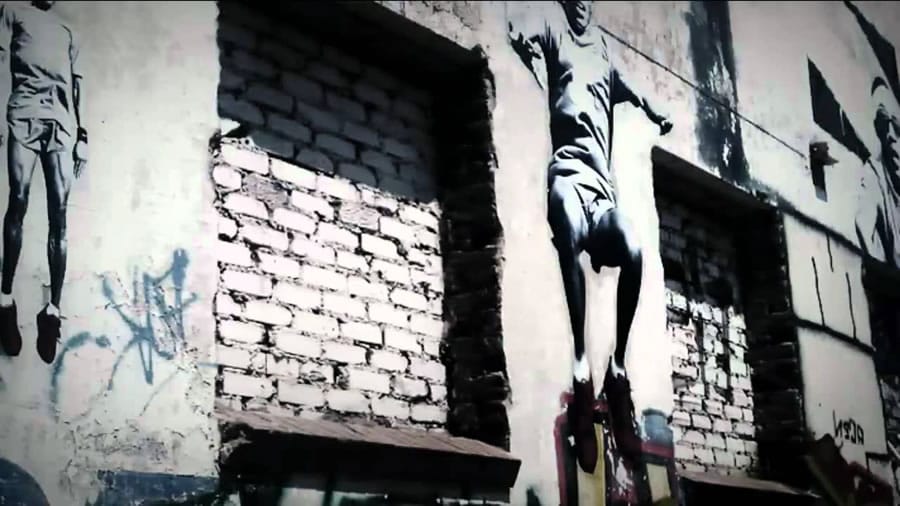
Case Study The Nike essay
The Nike, a well-known footwear company in the USA, was founded in 1964 under the name of “Blue Ribbon Sports” by Knight, a Stanford student and a sportsman and his trainer. In 1974, the brand of Nike was created. The word “Nike” after the Greek means “the goddess of victory”. In 1980, the company went public, and its products were in great demand in the USA and abroad. Today Nike holds the leading position in the competitive market of athletic goods. (Nike, Official Site, 2012)
It is known that the company had ups-and-downs of its business development. 1/3 of products were produced in footwear factories located in Asia because of the cheaper labor market of the third world countries, such as Indonesia, Vietnam, and China. However, in order to monitor operations in a proper way, Nike employees in these countries had new manufacturing facilities. One of the major reasons of the company’s growth was concluded in lower costs of production and effective advertising and marketing.
In 1990s, the company faced criticism of labor rights activists and mass media for the violation of human rights of the employees who worked at the company’s contract factories located in Indonesia, Vietnam and China. The company was accused of bad working conditions, low wages and discrimination in the workplace. Another problem of Nike was connected with unaccepted standards of chemicals found at the company’s factory located in Vietnam, what led to serious health problems of employees. Public protests against Nike products led to decreases in stock prices and to laying off of a great number of employees.
In 1998, Knight claimed that the company had full responsibility for working conditions at the factories. Moreover, he denied “a sweatshop problem”. The company used different tactics in order to improve its stained image. The other problem was the case Nike vs. Kaski. Marc Kaski sued the company under the laws of California which regulated unfair competition in the market and false advertising.(Nike Inc. vs. Kasky, 2012)In response to criticism, Nike made false advertising in mass media concerning the working conditions at the contract factories. The settlement of this case cost $1.5 million to be paid to the Fair Labor Association.
Then, the company implemented numerous changes which led to the company’s success in the competitive market. These changes included the use of SHAPE inspection to regulate health and safety at the factories, the use of standard code of conduct in the whole industry, the use of Management audit and others. As a result of the above mentioned changes, today Nike is one of the leading companies in the global market with “more than 30,000 employees across six continents”, each of whom follows the company’s mission, vision and strategy in order to achieve the major organizational goals. (Nike, Official Site, 2012)
Question 1
Nike’s mistakes in handling negative publicity are concluded in the fact that the company represented false facts concerning working conditions and wages of the workers. Moreover, Nike failed to control the manufacturing process in a proper way and pay due attention to its work force.
Question 2
The intent of Nike’s public relations tactics was to prove the fact that serious changes carried out in the company improved working conditions of the workers and relationships with the customers, and increased corporate responsibility and high-quality supply chain based on innovative products of high quality.
Question 3
I think that Nike is doing enough to improve conditions in its contract factories. However, they might pay more to the workers and provide them with different benefits in addition to wages, such as overtime, paid vocation leave, sick leave, dental care, vision care, child care, and others.
Question 4
I can rank Nike’s improvements rather high because the company managed to survive in the competitive market after numerous failures.

